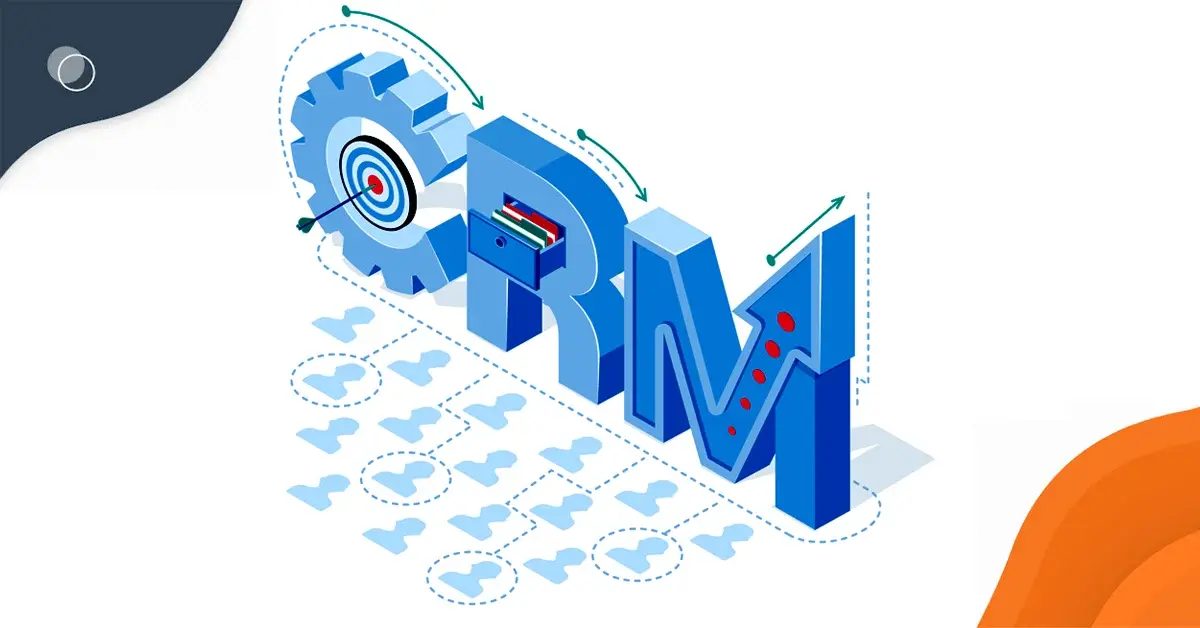-
MarTech Services
- HubSpot
- OneSignal
HubSpot
Technical Consulting
Partner with experts who understand your HubSpot systems and business needs inside out.
Revenue Operations
Drive revenue growth with tailored RevOps strategies designed for HubSpot users.
Hubspot Integration Services
Seamlessly integrate HubSpot with your existing tools to enhance operational efficiency.
Sales Enablement
Boost your sales team’s efficiency with focused HubSpot Sales Enablement solutions.
CRM Data Migration
Effortlessly migrate your CRM data to HubSpot with precision and support.
Hubspot Onboarding
Efficiently onboard clients to HubSpot, ensuring a smooth transition and rapid platform adoption.
HubSpot Administration
Maximize your HubSpot investment with expert management and optimisation tailored for HubSpot clients.
Marketing Assets Development
Develop, deploy, and manage digital assets, ensuring a fresh and engaging presence.
-
Solutions
-
Website Services
Website Development
We bring together expertise, creativity, and measurable results, making us the go-to choice for HubSpot website creation.
Website Migration
Our approach to website migration goes beyond a technical transfer; we prioritize a user-centric experience.
Website Maintenance
Optimize your online presence with effective, growth-driven websites focusing on nurturing website visitors, creating and deploying content, and tracking progress with precision.
Website Audit
Is your website performing at its peak? Our CMS Consultants are here to help you find out with our comprehensive Website Audit service.
-
Resources
-
Company
Clients
We have worked with clients from various industries across the globe, making our journey diverse and exciting.
Team
We put decades of experience where our mouth is. So what you get is market-tested and tried, not theory. We believe in plain speak, which we believe works better than jargon.
Solutions Partner
BlueOshan is not just a partner; we are among the most experienced and adept in the HubSpot ecosystem.
- Contact Us
HubSpot or Pardot. Which one should you choose?

Venu Gopal Nair
February 23, 2022

There’s a detailed article on HubSpot that covers the difference between the two. Ultimately, it comes down to how internal teams are able to function better and how they manage marketing automation.
Pardot was an independent marketing automation company bought over by Salesforce. While Pardot had its own customer base, the number of integrations required to work with Salesforce customers is substantial and in practically all cases, does not cover the initial purchase price.
HubSpot has been built from the ground up with a single source code base. Every aspect of sales, marketing and service integrates seamlessly with each other. That gives teams a clear view of the journey from prospect to lead to signing up, onboarding and finally, expectations.
HubSpot implementation is less expensive in the long run but that isn’t the best reason to go with it
In a post written earlier, the journey of a company that had migrated from Salesforce to HubSpot has been covered in detail. The company had worked for over a decade with Salesforce and Pardot before they decided that a complete transition to HubSpot was necessary. It has helped the company grow its customer base and bring all the teams together within HubSpot on one platform.
The HubSpot CMS advantage
HubSpot CMS gives companies a huge advantage in implementing a robust content development, management and deployment strategy. Smart Content is extremely useful and can be re-used to target visitors over multiple sessions.
They can be served different content according to their needs with each subsequent visit.
Websites built on HubSpot scale seamlessly to meet customer requirements. The themes themselves can be broken down into blocks and modules to create any combination of design and development needs.
Landing pages can be created with ease by a marketing team without relying on internal IT resources to test out marketing concepts and campaigns.
HubDB is like a relational database that can power dynamic parts of a company website.
Pardot offers basic templates. To create a website, WordPress or other providers must be used, and that means managing quite a few aspects of security, hosting, and marketing automation with additional plugins.
Some companies see websites and marketing activities as different points of operation. The power that comes from making the website the hub of marketing, sales, and services is underestimated. Tracking how customers arrive at a website, engage with content, and then interact with various teams within the company gives a nuanced picture of their needs and concerns.
When data from several systems needs to be drawn in, the resulting information stream is not as detailed or easy to mine for insight.

Think long-term and factor growth in
Going with HubSpot or Pardot has implications for the entire team's function. Both require commitment and familiarity built over time to get the best results.
HubSpot understands this perfectly well. That’s why the onboarding and helping clients determine workflows and automation right from the beginning is a priority.
Getting teams to collaborate better gets better results than departments working at cross-purposes
The CRM is the foundation of all the branches of a customer journey. HubSpot helps customers understand nuances better because it treats every stage—marketing, sales, and service—as an integral part of the package.
The way internal teams can collaborate on HubSpot is certainly an aspect that should be seriously considered. In some companies, there is only a handover from one department in the company to the next. Sales and Marketing may be operating on different pages with little interaction. That is remedied by HubSpot. Integration is tight, and both Sales and Marketing benefit by having a clear view of the responsibilities involved in closing out on a sale.
HubSpot helps Marketing show the effort being made and the results—the campaigns that work and the ones that need to be improved.
How many additional integrations are required?
There’s enough confusion about executing digital marketing automation without having to determine additional requirements. One definite indication is evaluating how much can be achieved with HubSpot and Pardot.
If you see different teams deploying different software solutions within the enterprise to get things done, that’s a bad sign. Email is managed on one platform. Social listening through another. Then, it is paid and programmatic through a third solution.
While each of these solutions may be best of breed, no company is looking to spread its options as much as possible. Working on campaigns for one set of audiences is tough enough without having to determine each of the outreach methods and find out which one works best.
With HubSpot, your website becomes your most powerful marketing headquarters. You are free to do exactly what you feel is best for customers and to evaluate what resonates with them.
This is not trivial. Evaluating multiple data trails and reports can be inconclusive. What is needed is to see which method works consistently and then expand the communication on that platform.
This may take longer initially because assumptions about what works best is debatable internally. Having the data to prove what works helps to get everyone on the same page.
Every team member, whether in marketing, sales, or services, sees the same reports, and it becomes abundantly clear what is working.
Pardot, a marketing subsystem of Salesforce, presents integration challenges with a wider set of software applications because they aren’t native to it—starting from being able to create websites, landing pages, and managing content.

Venu Gopal Nair
Advertising and Branding Specialist, CEO - Ideascape Communications, A professional journey through the tumultuous years of advertising and communication, starting in 1984. Started out in the age of print, saw the changes with the entry of satellite TV and the momentous transition to digital. Advertising and branding today is vastly different from its practices in the 20th century and the last two decades have seen dramatic changes with smartphone domination. As a Creative Director turned CEO, making the transition personally and professionally has been a tremendous experience.
Related Articles

December 1, 2021

June 10, 2024

May 25, 2022

